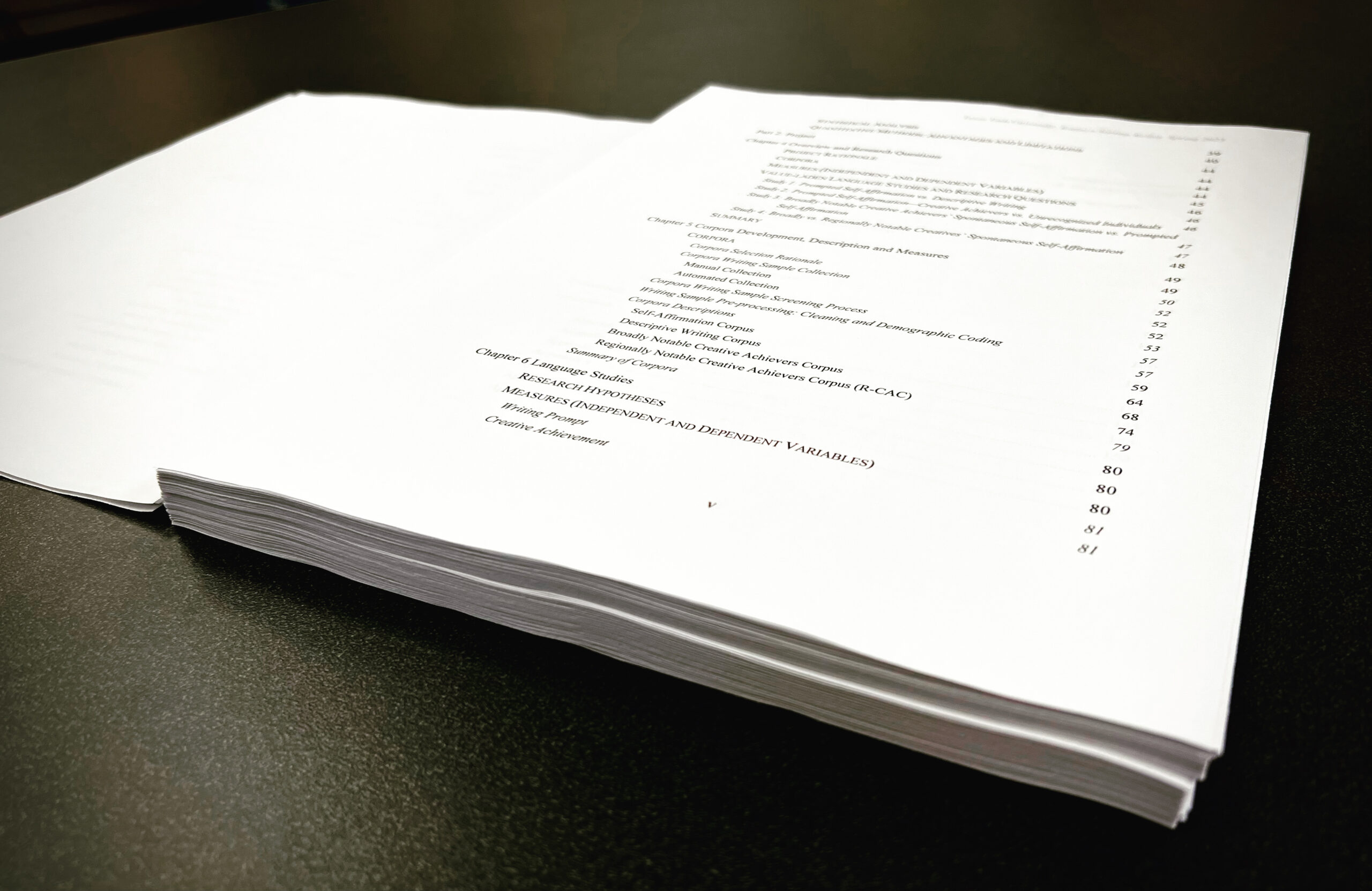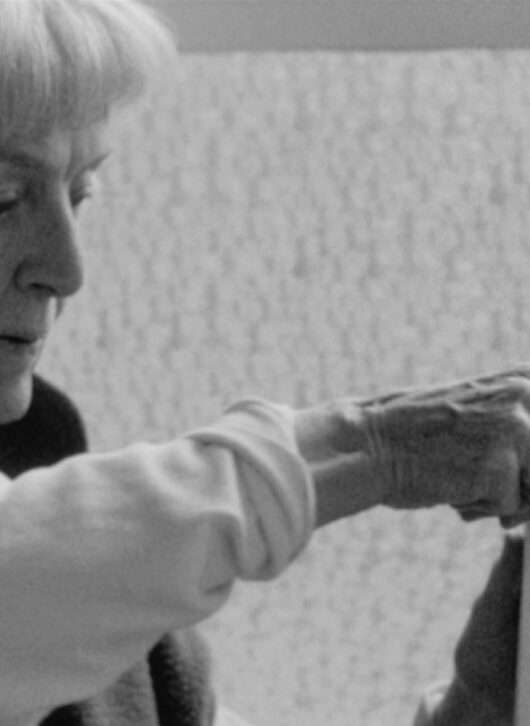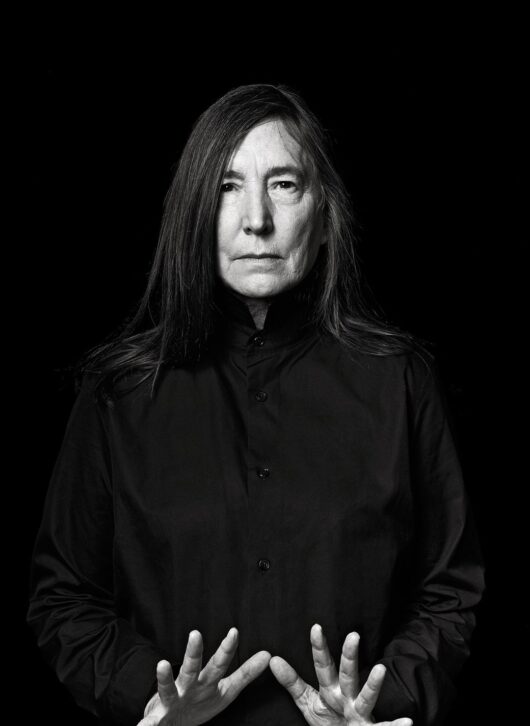Dissertation presentation + script
Script
* designed for Zoom. Because this is a script for verbal defense presentation and citations were provided in diss doc, they are not included here, though key scientists are referenced. Additionally, this script is not in paragraph form, but uses line breaks to ensure I paused and didn’t loose my place ;) Ha.
This dissertation explores the writing practices of creatives for language cues that suggest engagement with self-affirmation.
Self-affirmation is a coping strategy known to buffer adverse effects associated with threats to self-integrity and bolster mental and motivational processes that support high creative performance.
This project initially arose out of my personal experiences.
As a visual artist, the relationship between writing, creativity, and well-being has proved profoundly life-altering.
I have had a turbulent relationship with language and have overtly avoided writing for my first four decades. However, eventually I began writing to choral my scattered thinking, to hold onto my ideas, and archive my experiences. And ONLY after several years of writing, was I able to recognize and step into myself as visual artist. It was like finally coming home to myself. For me this begged the question: Why did becoming a visual artist seem to require writing?
Additionally, I found that my writing, art practice, and well-being were intricately entangled. When I flourish in one area, I flourish in all; when one wanes, so to do the others. By this I mean that when I am not regularly writing, my making and mental health seems to decline, become stunted OR if I am not making, my writing and mental health wane. For me this raised a second question: What is the relationship between writing, creative performance, and well-being?
MY initial forays into making sense of the links between writing, creative performance and well-being were in the college classroom. I began pairing personal writing exercise with traditional art studio assignments. For instance, while studying the design element of line, I had students write about a time they STAYED IN LINE or CROSSED the line and how this served them. Their narratives were deeply personal and about pivotal life experiences. Along with writing, they read one another’s stories. And in response to the readings and writing, students seemed to flourish emotionally and socially. In turn, they took more creative risks, expressed higher levels of conceptual sophistication and craftsmanship in ways I had not previously seen in more traditional first- and second-year college art courses.
As was my personal experience, an important link seems to exist between writing, creative performance, and well-being.
In 2013 I stumbled upon the research of psychologist James Pennebaker’s on expressive writing and text analysis methods.
Pennebaker found that individuals who kept traumatic experiences secret had poorer health than individuals who disclosed. So he developed an expressive writing intervention, which prompts participants to write about highly stressful life experiences. This is similar to when I had my art students write about staying in line or crossing the line.
And as I saw with my students in response to writing, Pennebaker observed overall mental and physical health improvements amongst expressive writing participants. Health improvements included such things as reductions in anxiety and depression, and improvement in working memory, autoimmune function, physical healing rates, with less visits to the campus health center.
When David Creswell and Andrea Niles labs investigated the content of the writing samples, they found that expressive-writing participants who made more self-affirmation statements, statements reflecting on their core personal values, were more likely to experience health benefits than participants who did not affirm their core values. Self-affirmation is a coping strategy.
It can be specifically prompted by having individuals prioritize and write about their highest held beliefs, their values.
Self-affirmation is known for bolstering creative performance—which involves the generation, selection and pursuit of novel and compelling ideas. as well as improving persistence in trying to solve difficult problems. The impact of self-affirmation on creative performance is especially noticeable amongst individuals’ exposed to identity threats. Additionally, socially threatening circumstances can trigger both, the spontaneous engagement with self-affirmation and a compulsion to write.
Creative achievers, individuals credited for novel and compelling contributions spurring innovations in their field, are a population commonly working under threatening/stressful circumstances and they also exhibit a propensity to write. The initial novelty and compelling-ness of creative ideas, ideas that deviate from the accepted, can precipitate harsh social responses for the individual posing the ideas. And, threatening social circumstances are known to hinder cognitive and motivational processes needed for high creative achievement.
Yet, some individuals are able to continue generating and pursuing their creative ideas despite socially threatening circumstances AND these individuals also tend to write.
This raises the question: Do the writing practices of creative achievers provide a means, in part, for overcoming challenging circumstances and realizing their creative ideas AND is this because they are engaging with self-affirmation while they write?
Numerous visual artists, such as Louise Bourgeois and Lucas Samaras, suggest that their writing practices do serve to help them cope with challenging circumstances and help them formulate novel ideas.
My current project considers the writing practices of creatives as a psychological factor associated with their creative performance leading to achievement. The project arises from my experiences as a visual artist, in conjunction with creative achievers’ propensity to write and their beliefs that writing, coping and creative performance are interconnected. The project is further informed by findings in social psychology regarding expressive writing and the coping strategy of self-affirmation.
More specifically, my project explores whether patterns of language use evident in the writing practices of creative achievers is associated with the psychological coping strategy of self-affirmation and if it is relative to degree of creative achievement.
Because self-affirmation involves reflecting on personal values, I analyzed writing samples for the frequency of value-related word use.
In the following I present my corpora, language measures, analysis, and the results.
Writing samples by individuals of varying degrees of creative achievement were culled from publicly available online and print sources. Samples include single-authored non-fiction—such as excerpts from autobiographies, books, diaries, as well as essays, journal articles, lecture scripts, letters, and social media posts. Samples date from about ~1900 to 2021.
There are four corpora. The first two of the corpora were selected based on writing prompts that mirror those used for the experimental and control groups in writing intervention.
The self-affirmation corpus contains essays in which individuals were specifically prompted to write about their highest held core beliefs. This is like prompts used with self-affirmation studies. These were written as a part of NPR’s radio series THIS I BELIEVE (between 1951-2019). Individuals submitting essays for the series included notable creative achievers, like choreographer Martha Graham, anthropologist Margaret Mead, activists Helen Keller, and ACLU founder Roger Baldwin. The self-affirmation corpus also includes samples by individuals not recognized for creative contributions.
The second corpus is composed of descriptive writing samples. This corpus reflects writing prompts similar to those used for control group in expressive writing interventions, in which individuals are asked to matter-of factly describe an event.
These were retrieved from the National UFO Reporting Center and Bigfoot Field Researchers Organization, and date from 1921 to 2021. The eyewitness accounts were. submitted anonymously, so authors recognition for creative contributions is unknown.
The third and fourth corpora are intended to reflect the natural writing practices of creative achievers: scientists and visual artists. What prompted each individual to write varies by personal and professional circumstances. The creative achievers’ writings are split into two groupings based on degree the author is recognized for creative contributions. Degree of recognition was based on prestige of awards, exhibition venues, citational references. Past creativity research by Shelly Carson and others have used social recognition for creative contributions, achievement, as a proxy correlating with real world creativity.
Examples of some of the broadly notable creative achievers are the anthropologist Jane Goodall, and noble laureate chemist Jennifer Doudna, and artists such as Salvador Dali, Andy Warhal, and Mark Bradford.
The lesser known creative achievers writing samples were retrieved from Glasstire an online art magazine. Authors’ CVs were reviewed to confirm a regional exhibition record.
Writing prompt and degree of creative achievement are the independent variables for this project.
Once the corpora were collected, samples were coded with demographic details for the author and the text, such as the authors name, vocation, creative achievement, and date of birth, as well as the date of text, genre, and writing prompt if known.
The texts were prepared according to Pennebaker’s recommendations for text analysis.
In all approximately a quarter million samples were collected. However, not all samples were narrative like (essays) or predominantly in English.
I established criteria and various cut-off values to screen non-narratives. For instances samples that had a preponderance of uncommon words were eliminated—this removed texts with a lot of foreign language, misspellings, or html artifacts. After filtering the collected samples, I was left with a little over one hundred thousand writing samples.
I ran all the samples through the quantitative text analysis software tool called Linguistic Inquiry and Word Count, or LIWC for short.
LIWC was initially developed by Pennebakers lab to study expressive writing samples to determine if word choices and frequencies were associated with health outcomes and psychological phenomena.
Because I am interested in whether creatives are engaging with the psychological coping strategy of self-affirmation while they write, using LIWC was a good methodological fit.
And because self-affirmation is associated with reflecting on personal values, my primary language measure is value-related word use.
Value-related word percentages were calculated for each sample using LIWC in conjunction with the Personal Values Dictionary. This dictionary was developed specifically to identify a writer’s degree of attention to various common personal values.
LIWC counts all the words relating to values in each essay. For instance, words like peace, mercy, and nurture are associated with the value of benevolence and therefore are counted. A percentage score is calculated for each essay of value-related words to total words.
I ran four language analysis comparing value-related word use between corpora to test the following hypotheses:
First, I hypothesized that explicit writing prompt would effect use of value-related language, with self-affirmation samples exhibiting more frequent use of value-related words than descriptive writing.
SECOND, because I suspect that creative achievers spontaneously self-affirm, I hypothesized that when directed to self-affirm, creative achievers would use more value-related words than individuals not recognized for creative contributions.
THIRD, if creative achievers spontaneously self-affirm as a part of their writing practices, I hypothesized that under varied writing conditions, broadly notable creatives would use value-related words at a similar rate as individuals prompted to self-affirm.
FOURTH, if spontaneous self-affirmation is associated with creative achievement, I expected broadly notable creative achievers to use more value-related words than lesser achievers.
In my FIRST ANALYSIS I confirm the hypothesis that individuals writing about their highest held beliefs (self-affirming) use more value-related words listed in the personal values dictionary than individuals prompted for descriptive writing
This density plot represents of the distribution of value-related word use scores for each sample, along the x axis. Distributions are color coded by writing prompt. The y, or vertical, axis represents the percentage of samples scoring in a like range.
The white dashed lines represent the median score for each prompt. Fifty percent of all writing sample scores, for each prompt are between the thin white lines.
We can see that the effect of writing prompt on value-related word use is quite large.
These word clouds represent the most frequently used words in each corpus. Word clouds are useful to confirm that that the language measures are capturing the construct of values as intended. Values tend relate to more social interaction with ourselves, others. And we can see that in our samples, that individuals prompted to self-affirm use a lot of words relating to people, relationships, and living; were as when individuals write descriptive, they use more physical oriented words.
In my SECOND analysis, I hypothesized that when directed to self-affirm, creative achievers would use more value-related words than individuals not recognized for their creative contributions. The 2nd analysis supported my hypothesis; HOWEVER, the differences between notable and unknown individuals was slight.
This is especially evident in the word clouds of the most frequently used words by each group. Both notable and unrecognized individuals used high rates of conceptually similar words. There are differences but they are slight.
In my third analysis, I compared broadly notable creative achievers’ natural writings (with varied prompts) to the self-affirmation and descriptive writing corpora.
I hypothesized that creative achievers would use of value-related words at similar rates as seen when individuals explicitly prompted to self-affirm. There was slight statistical difference between the groups BUT. these were essentially negligible. And we can see that the distribution of scores neatly overlay one another.
AND we can see that there is a large difference between broadly notable writing sample distribution and descriptive writing. Broadly notable creative achievers appear to reflect on values at a similar rate as individuals prompted explicitly self-affirming.
And finally, I compared the distribution of value-related word use between broadly and regionally notable creative achievers, And as hypothesized the degree of creative achievement had a notable effect on value-related word use, This suggests that less notable creatives reflect less on personal values than individuals who are self-affirming.
In summary, to explore how creative achievers may be overcoming some of the challenging circumstances associated with creativity, I examined the writing practices of creative achievers for language suggestive of engagement with the psychological coping strategy of self-affirmation. I employed quantitative text analysis methods to examine writing samples for use of value-related words relative to author’s degree of creative achievement and writing prompt.
There were FOUR key takeaways from the study where:
FIRST, the personal values dictionary is effective in distinguishing self-affirmation essays from descriptive writing.
SECOND when prompted to explicitly self-affirm, notable creative achievers use more value-related words than individuals not recognized for creative contributions. However, the differences were small
THIRD, under natural writing conditions, broadly notable creative achievers use value-related words at similar rates as individuals prompted to self-affirm.
FOURTH, under varied writing conditions, more notable creative achievers spontaneously used more value-related words than individuals who were less recognized for creative contributions.
The most compelling implication of my results is that (more) notable creative achievers appear to spontaneously engage with the coping strategy of self-affirmation as a part of their natural writing practices.
Considering past findings from self-affirmation studies, high creative achievers writing practices, mediated by self-affirmation, may help them overcome some of the challenging circumstances associated with creativity by buffering adverse effects from threatening or stressful circumstances while bolstering their creativity.
The writing practices of creatives has not previously been considered a psychological factor associated with high creative achievement. In this regard, my research fills a gap in the literature on psychological predictors of creative achievement.
Additionally, though I found less notable creatives attend to their personal values less while writing compared to broadly notable creatives, my second analysis supports that regardless of recognition for creative contributions, individuals can be trained to reflect on their values in meaningful ways. Further, my experiences with first- and second-year college art students suggests that when students write about deeply meaningful experiences, they take more creative risks, and their work displays higher levels of conceptual sophistication and craftsmanship.
My findings and experiences suggest that integrating personal self-affirmation writing tasks into studio and professional practices training could benefit early career artists and scientists by teaching them to cultivate their own creative performance and well-being.
There are several limitation of my analysis that can be address in future research,
For example I only considered one language measure: the frequency of references to personal values. My research did not gauge whether the values that authors referenced reflected their OWN core values, nor did I determine whether the values being referenced were affirming it (versus a negative rant). In future studies,
it would be prudent to employ multivariant analyses to determine if sentences referring to values also are positive in tone (affirming) and contain first person pronouns (suggesting self-relevant).
ADDITIONALLY, I would like to investigate the writing samples for other coping strategies associated with expressive writing interventions—cognitive reappraisal, affect labeling, meaning making, and benefit finding.
In conclusion my project explored the natural-writing practices of creatives for the use of value-related words. The results suggest that broadly notable creative achievers engage with self-affirmation while writing.
Considering past findings from self-affirmation studies, the writing practices of creatives may help them overcome some of the challenging circumstances associated with creativity by buffering adverse effects from threatening or stressful circumstances while bolstering their creativity.
THANK YOU
0













